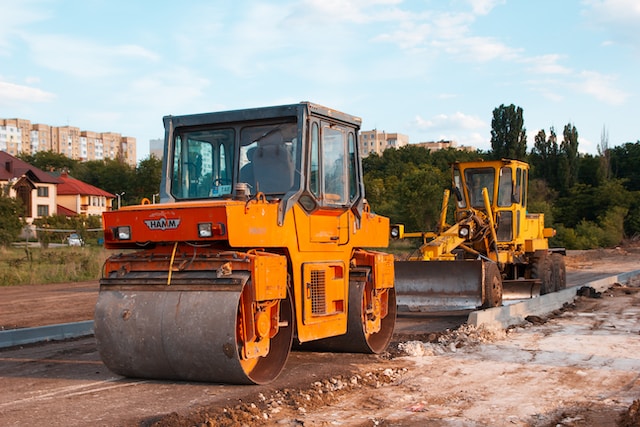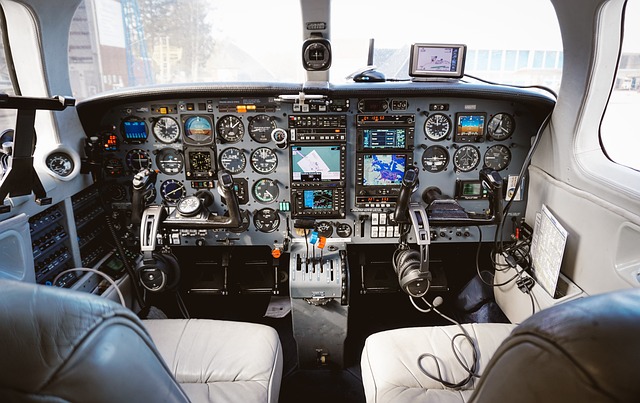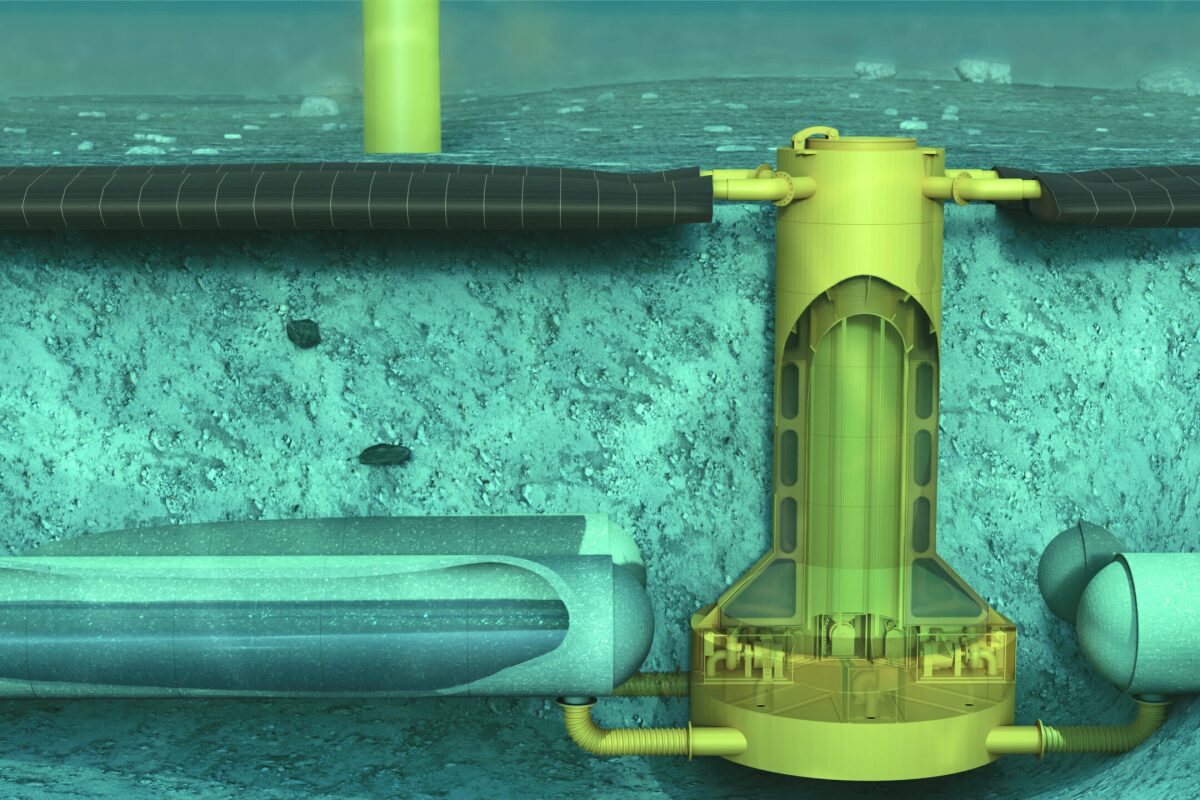Construction sites, bustling with activity, rely on an array of heavy machinery to shape our urban landscapes and build the infrastructure we depend on daily. Among the diverse arsenal of construction equipment, several key types stand out for their versatility and indispensability. In this article, we’ll delve into the world of construction equipment, exploring the common types that have become synonymous with progress and innovation in the construction industry.
Horizontal Directional Drills
Horizontal Directional Drills (HDD) has revolutionized underground construction, providing a solution to the complexities of working beneath the surface. HDD machines are engineered to create precise, horizontal bores beneath obstacles such as roads, rivers, and existing structures. A horizontal directional drill for sale allows for the installation of pipelines, electrical conduits, and communication cables without disrupting the surface or causing environmental damage.
Excavators
Excavators are the heartbeat of any construction project. These robust machines, equipped with a bucket and an articulated arm, are designed for digging, trenching, and material handling. Whether it’s digging foundations for buildings or clearing debris from a site, excavators offer unparalleled versatility. Their ability to rotate 360 degrees and work in tight spaces makes them essential in urban construction projects.
Bulldozers
Bulldozers, with their large metal blades at the front, are the earthmoving titans of construction sites. They excel in tasks that require grading, leveling, and pushing large quantities of soil, sand, or debris. Bulldozers are instrumental in creating foundations for roads, buildings, and landscaping projects. Their impressive pushing power and sturdy build make them invaluable in shaping the terrain to meet construction needs.
Cranes
Cranes are synonymous with heavy lifting and are pivotal in constructing high-rise buildings, bridges, and other towering structures. These mechanical marvels can hoist and place heavy materials with precision, making them essential in assembling steel frameworks, pouring concrete, and installing large components. Cranes come in various types, including tower cranes for vertical construction and mobile cranes for versatile on-site mobility.
Loaders
Loaders are the muscle behind loading and transporting construction materials. These machines, equipped with a front-mounted bucket, are skilled at scooping, lifting, and carrying diverse materials, from gravel to concrete. Loaders are commonly used in construction, mining, and agriculture, where the efficient movement of heavy loads is essential.
Concrete Mixers and Pumps
Concrete mixers and pumps are the unsung heroes responsible for the solid foundations of our buildings and infrastructure. Concrete mixers combine cement, water, and aggregates to create the building blocks of construction: concrete. Concrete pumps then transport this mixture to the desired location, whether it’s a high-rise building or a foundation slab, ensuring precise pouring and efficient use of materials.
These common types of construction equipment form the backbone of the industry, each serving a unique purpose in the intricate dance of modern construction projects. Their power and precision have transformed the way we build, enabling the creation of complex structures efficiently and safely.
Conclusion
Construction equipment is more than just machinery; it represents the ingenuity and engineering prowess that shape our modern world. From the excavation of foundations to the precise placement of steel beams and the pouring of concrete, each type of construction equipment plays a vital role in the realization of architectural visions. As technology advances, these machines continue to evolve, becoming more efficient, eco-friendly, and adaptable to the demands of the ever-changing construction landscape. As we look to the future, it’s certain that these stalwarts of construction will continue to pave the way for innovative and sustainable urban development, leaving a lasting mark on the skylines of tomorrow.







